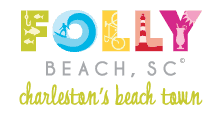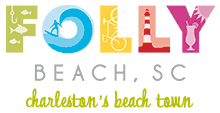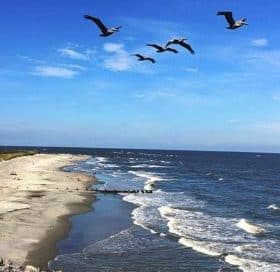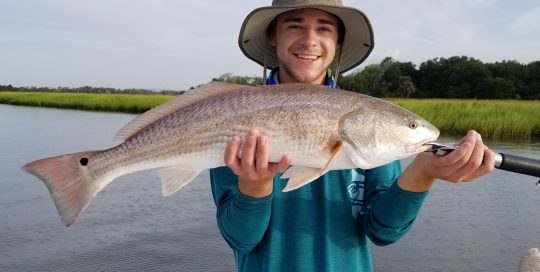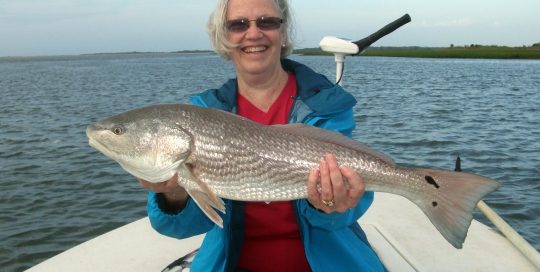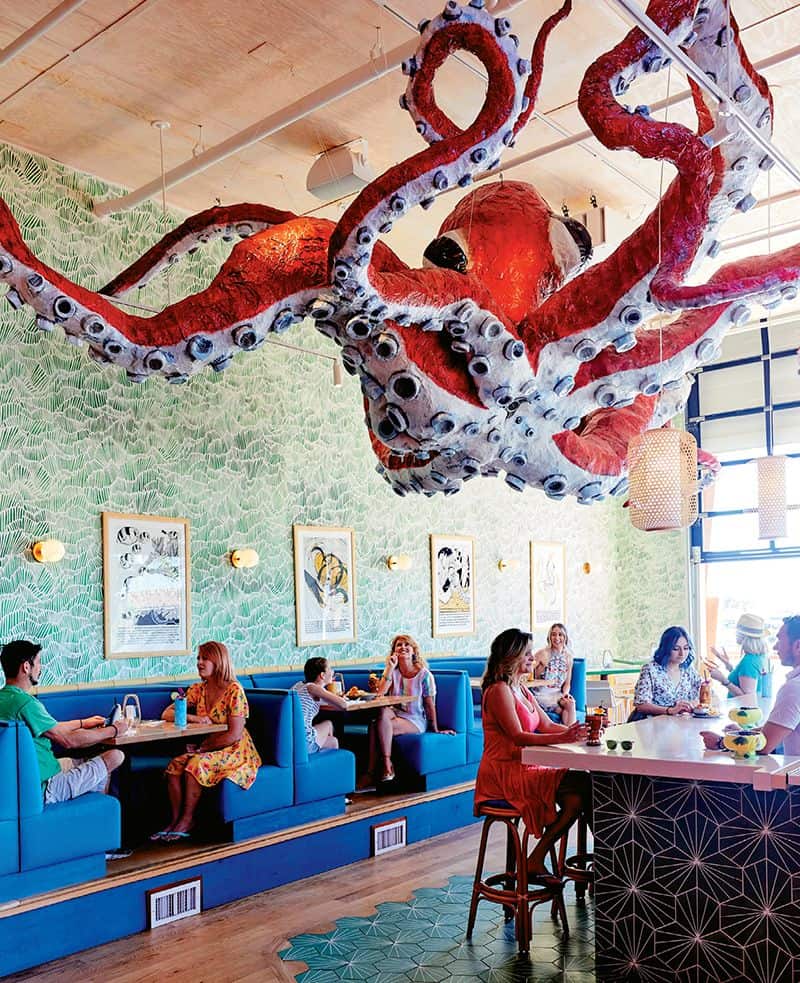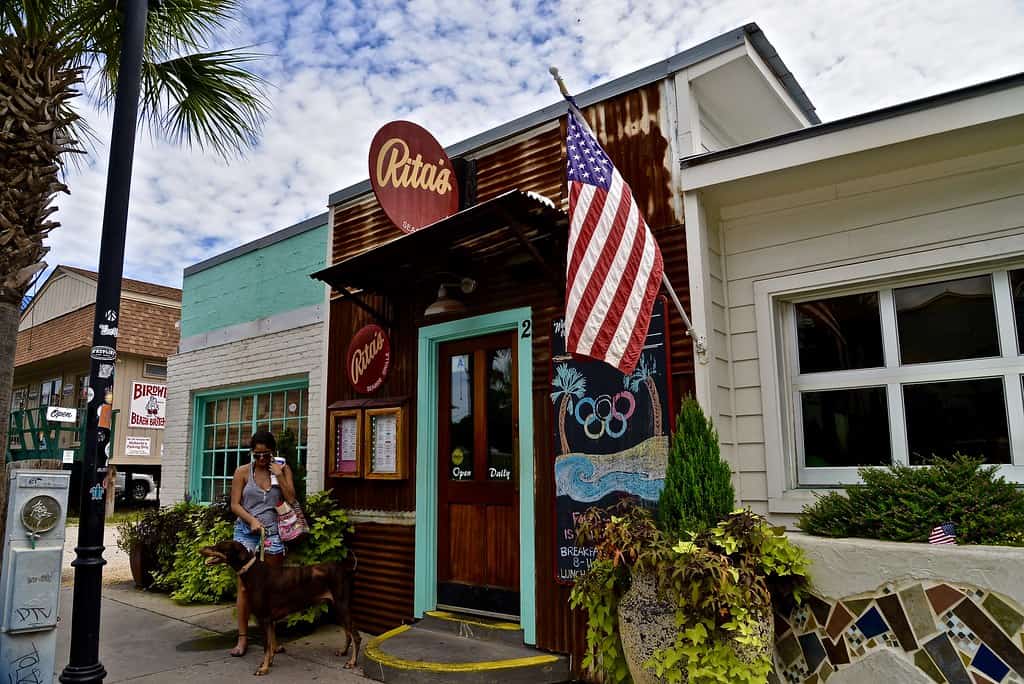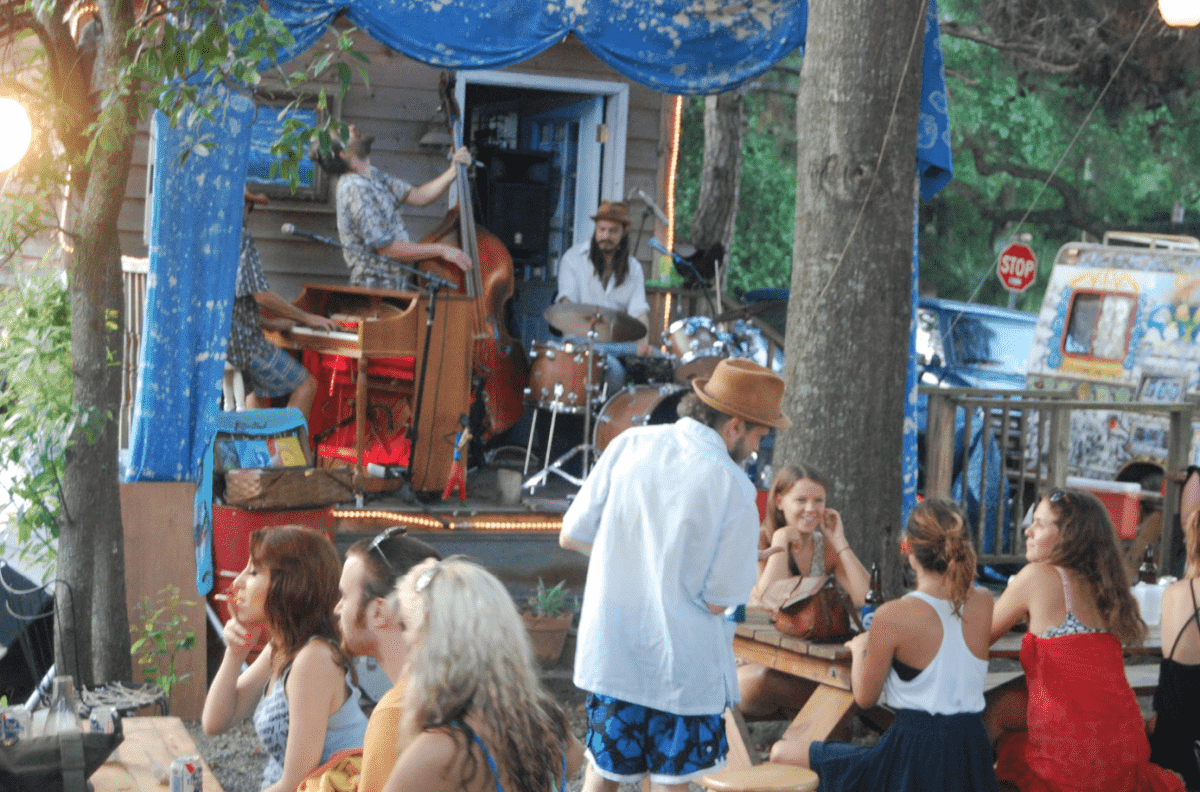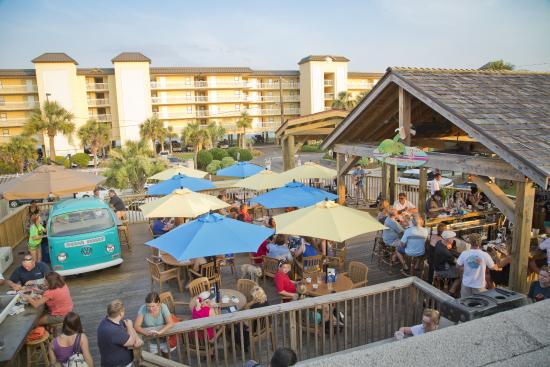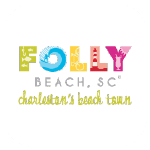Coffin Island
Many locals and tourists would agree that one of the best things about Charleston is the proximity to the beach. Of the Charleston beaches, the favorite of many if Folly Beach, where people come from all over to vacation and enjoy the sun! Along with its beauty, Folly has a rich history that involves hauntings, shipwrecks and even war. Here are some Folly History Fun Facts!
- The Island used to be called “Coffin Island”.
Before the Civil War, Folly was called Coffin Island, although the significance of this name is still debated to this day. Some believe it’s due to the fact that ships would drop off sick and dying sailors on the island to keep them quarantined. While others understand it to be from a shipwreck in 1700 off the coast which led to many bodies washing up onshore.
- The island was first occupied by a native tribe.
When the Europeans arrived in the 1600s the island was inhabited by a native tribe known as the Bohickets. By the late 1600s, the tribe was wiped out and to this day it is still unclear how it happened.
- The name Folly was named after its rich foliage.
When Folly was first inhabited the island was covered and encased with rich foliage. All along the coastline, Folly was densely packed with trees and growth. This gave it its Old English name meaning “dense foliage”.
- Folly was a hub for soldiers during the Civil War.
Folly was occupied by Federal troops beginning in 1863. Even with its plentiful foliage, they were able to build roads, forts and hold artillery. Folly eventually had the capacity for 13,000 troops to be stationed on the Island. Folly Island was also used as the main base for the battle to take on Fort Sumter!
- The island is said to be haunted.
Shipwrecks occurred often off of Folly Beach. One of the most haunting stories was the Amelia shipwreck in 1832. 120 sailors and passengers bound to New Orleans from New York wrecked off the coast. The surviving passengers made it to shore and were quarantined as some had come down with cholera. Twenty of the passengers died of cholera and are said to haunt the area.
- It was a hideout for buccaneering pirates.
In the 1700s, pirates would hideout along Folly beach using the coves and inlets to take over vessels in the water. The most notorious pirate being the legendary Blackbeard!
- Folly became a hub for locals during the 1940s.
After the civil war, Folly Beach was virtually abandoned until the 1940s when Charleston locals realized the beautiful beach was so close to the city. Locals started pouring in; they began construction on what was intended to be temporary buildings but led to permanent establishments as word spread of this beautiful island. The construction of the Ocean Plaza began and the Folly Pier became a hub for the community.
